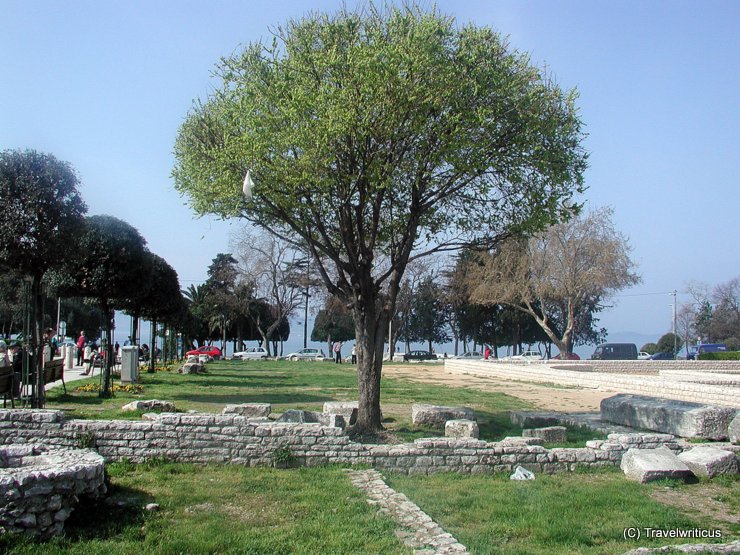
During the Roman period, Zadar’s name was Iader or Colonia Iulia Iader. Near the coast, you will find the remnants of the Roman Forum. Additionally, two museums provide you with remarkable ancient Roman stuff. [German]
You only see what you know (Goethe)

During the Roman period, Zadar’s name was Iader or Colonia Iulia Iader. Near the coast, you will find the remnants of the Roman Forum. Additionally, two museums provide you with remarkable ancient Roman stuff. [German]
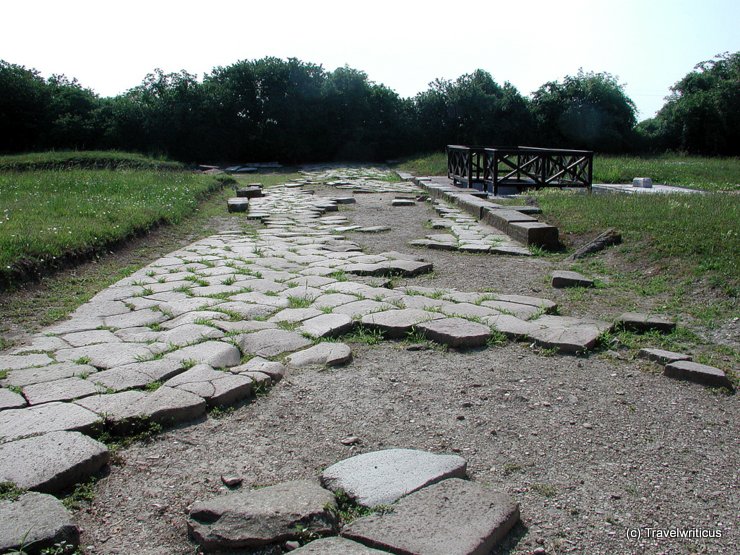
The ancient Roman city of Altinum was a settlement in the region of today’s Quarto d’Altino. During its flowering, it had over 20,000 inhabitants. After being destroyed by the Huns, the inhabitants fled to the small islands in the lagoon of later Venice. [German]
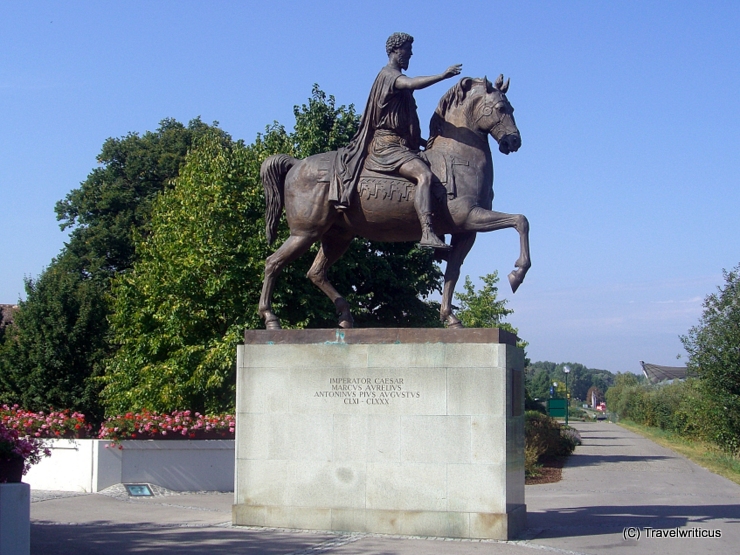
This equestrian statue of emperor Marcus Aurelius is a replica of the one that stood on Capitols Square (Piazza del Campidoglio) in Rome. The sculpture in Tulln commemorates that a Roman camp named Comagena was the predecessor of the modern city. [German]
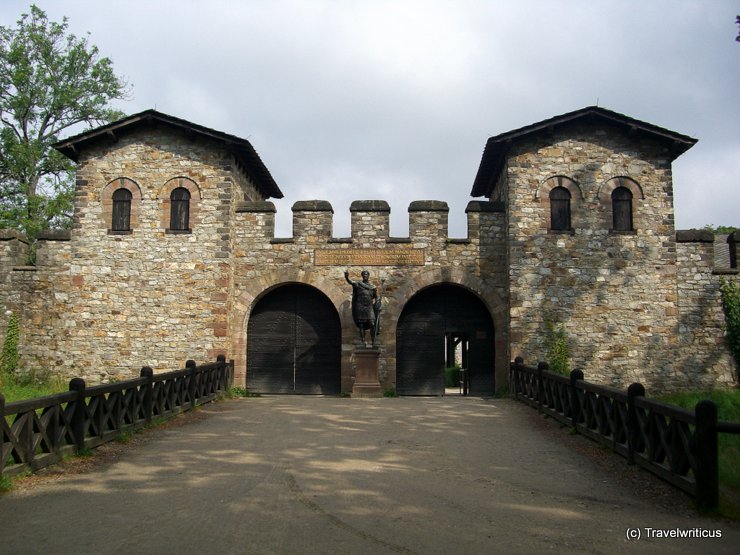
The Saalburg is a reconstructed Roman fort in Hesse. Inside its walls, a museum tells about the life of the soldiers along the border. The castellum was a part of the Upper Germanic-Rhaetian Limes. Today the remains of the Limes are enlisted as UNESCO World Heritage Site. [German]
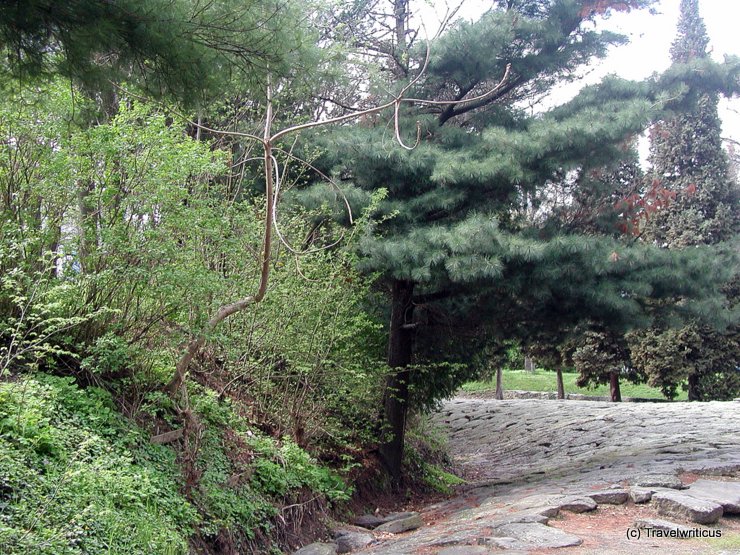
In the archaeological zone of the Hungarian town of Szombathely, there are remains of the ancient street paving. The Roman name of this place was Colonia Claudia Savaria. A remarkable sight is the Iseum Savariense. This is a reconstruction of a Roman temple. [German]
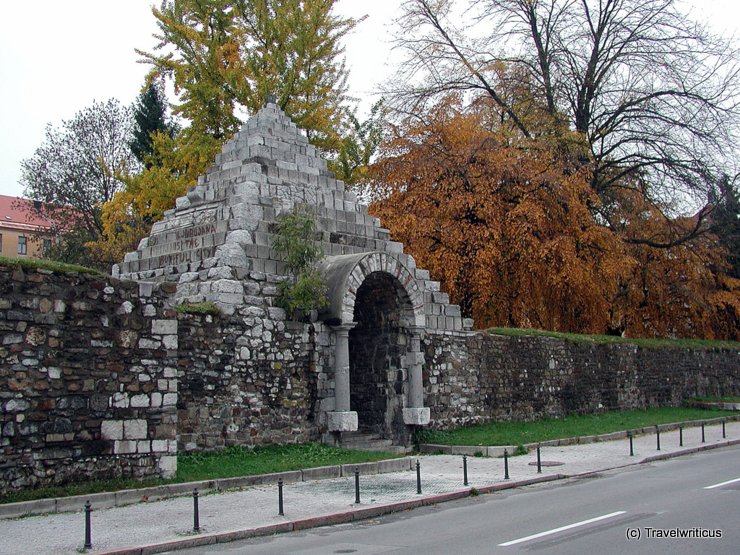
The ancient Roman name of Ljubljana was Emona. Today one can still see some Roman elements in the city. E.g. this redesign of a part of the Roman town walls created by architect Jože Plečnik. The reconstruction of the walls is not really authentic but works as remarkable monument to the former presence of the Romans.
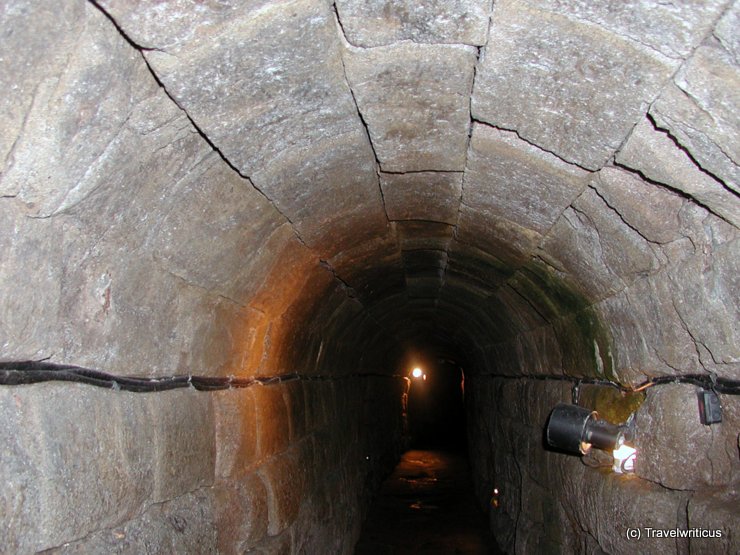
Below the ‘Spanische Bau’ in Cologne there are the remains of the former Roman Praetorium. Right next to this there is also the entrance to a Roman sewer which is still accessible.
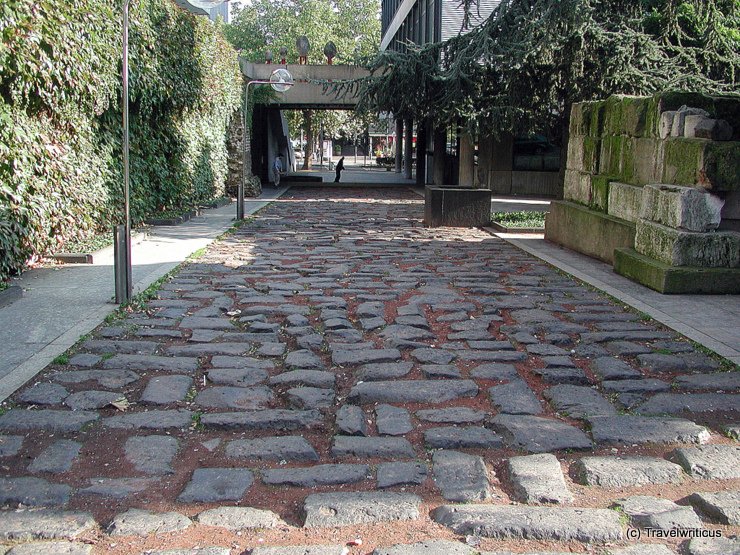
Near the Roman Museum in Cologne one can see this reconstruction of an ancient street. In Cologne it is generally known as ‘Hafenstrasse’ though it isn’t really leading to a port. It isn’t an exact reconstruction of the former street either but the basalt stones are from Roman times at least.
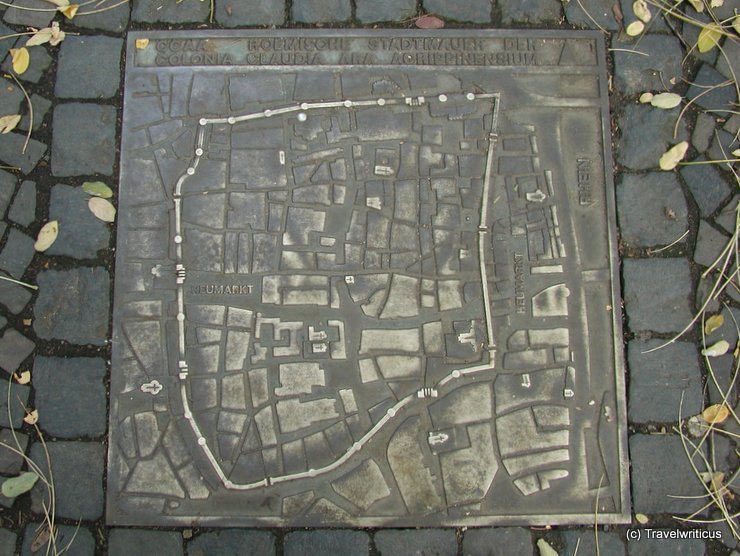
Near the historic Zeughaus in Cologne, I discovered this map on the pavement. It helped me to understand the course of the former Roman town wall.
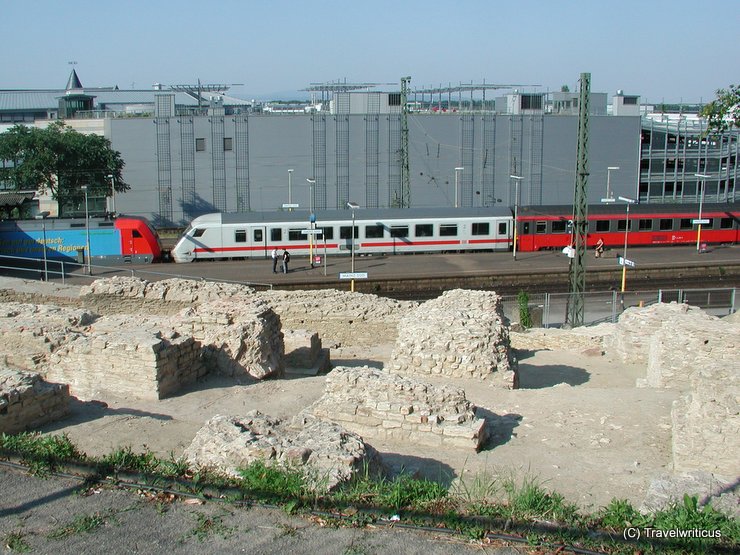
During ancient times, the name of Mainz was Mogontiacum. You still find several Roman remains in the city. For example, the ruins of the Roman theatre stand next to the railway station named Mainz Römisches Theater.

This model represents the ancient forum of Cambodunum. This Roman city stood on the grounds of today’s Kempten. In the Archäologiepark Cambodunum (APC), you will find reconstructed temples of the former Roman settlement.
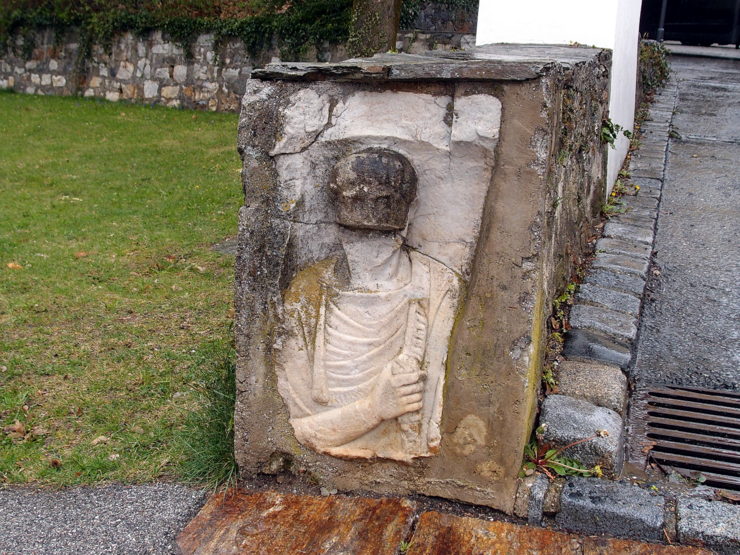
Puch bei Weiz is generally known as a centre of apple production in the Austrian state of Styria. A fascinating detail: This Roman tombstone shows a lady holding an apple. You find this piece immured next to the parish church of Puch.